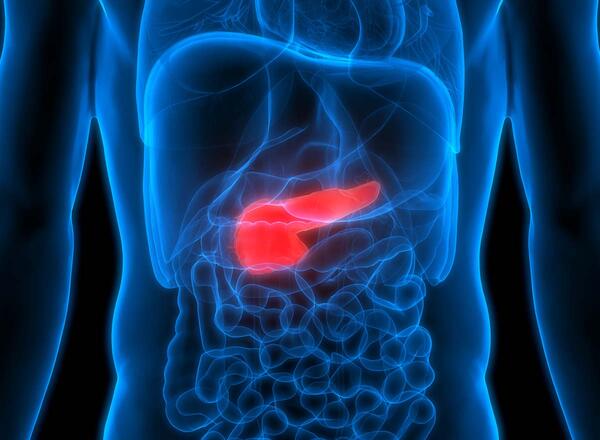
Macronutrients are nutrients that provide calories. Calories are used as energy in your body. Nutrients are substances needed for growing, digestion, and other body functions. Since "macro" means large, macronutrients are nutrients needed in large amounts. There are three categories of macronutrients:
- Carbohydrates
- Proteins
- Fats
